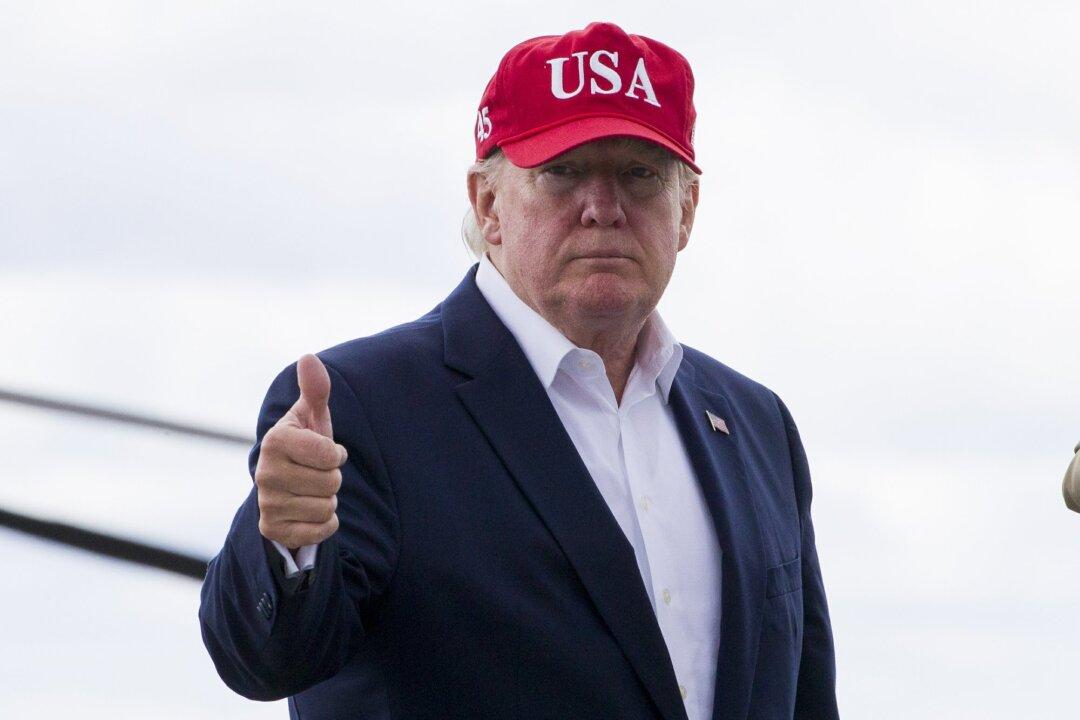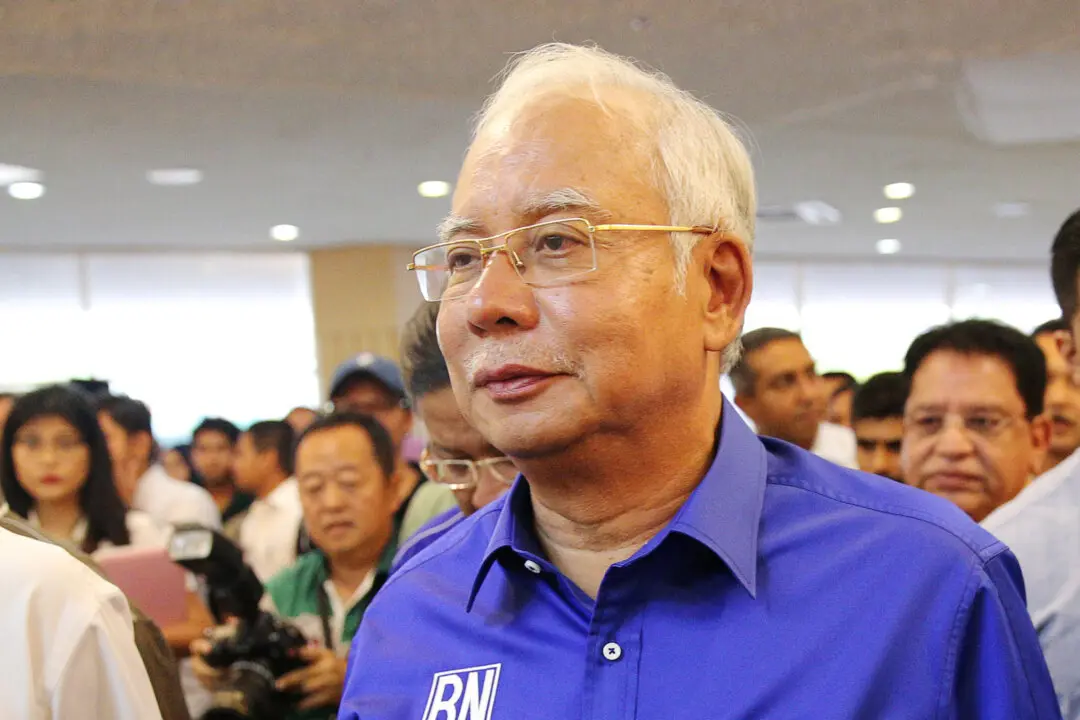WASHINGTON/MEXICO CITY—President Donald Trump said on June 7 there was a “good chance” that the United States would be able to reach a deal with Mexico over a surge of migrants on their common border, although his administration was still pushing ahead with a plan to impose import tariffs on all Mexican goods next week.
Trump has threatened to impose the levies starting at 5 percents on June 10 if the Mexican government does not agree to do more to tackle an increase in mostly Central American migrants crossing Mexico to enter the United States.





